On This Day…May 15th.
Squadron Leader Edward ‘Jack' Charles (commander of No 611 Squadron) chalks up the Biggin Hill Sector's 1,000th downed enemy aircraft, following a successful sweep over Normandy on 15th of May, 1943.
Charles shot down two FW190s, while the Commanding Officer of No 341 Squadron (Rene Mouchotte) destroyed another. As it was not clear which of the two pilots had secured the 1,000th kill, the honour was shared between the two, an honour that came with a ‘purse' of £300...about $20,000 in modern money.
Bf 109 G-6 of 10./JG11 - ‘White 1' X - flown by Siegfried ‘Napp' Rudschinat. Photo taken in Aalborg, Demark - May 15th, 1944.
On this day, Rudschinat chased and shot down the P-51 B (below) flown by Lt Edward Philips Over the south of Sweden at low altitude for his sixth victory.
B-29 Superfortress bomber 'City of Pittsfield/Two Passes and a C**p' of 39th BOmber Group of US 61st Bomber Squadtron just about to sink after being ditched in the sea north of Guam, Mariana Islands, on the 15th of May, 1945. The superfortress was damaged by flak over Nagoya, Japan.
TBD Devastator on the flight deck of the USS Hornet, 15th of May, 1942.
...and on the same day, the Hornet under way a week after arriving late for the party at the Battle of Coral Sea, and the day before she was recalled to Pearl Harbor to prepare for the Battle of Midway.
Dodge WC9 1/2 ton ambulance, 15 May 1941.
A British Royal Air Force Vickers Wellesley light bomber taking off from an East African airstrip, 15th May, 1941.
Not exactly a looker, but the Gloster Wittle E28/39 flew for the first time on 15 May 1941. Gloster's Chief Test Pilot, Flight Lieutenant Gerry Sayer flew the aircraft under jet power for the first time from RAF Cranwell, England in a flight lasting 17 minutes.
In the first series of test flights, the Wittle gained a maximum speed of 350 m.p.h. in level flight at 25,000 ft. It was the third jet to fly, after the Heinkel He 178 (in 1938) and the Italian Caproni Campini N.1 in 1940 (below).
German General Heinz Guderian (in a SdKfz. 251/3 halftrack vehicle) speaking with General Adolf Kuntzen of 8th Panzer Division, France, May 15th, 1940.
First German troops start pouring into Amsterdam in a Fallschirmjager 8 wheel personnel carrier.
Messerschmitt Bf 109E1 of 7.JG2 (W11+~) Hans Klee force landed France 15th May 1940. Klee scored 6 victories in the battles of France and Britain before his death, shot down in his Gustav.
Spitfire XIV RCAF 430 Squadron in Heesch, Netherlands, on 15th May 1945.
A Douglas A-20J just after being caught by AA fire over Beauvoir in France, May, 15th 1944.
Willie Lane, of 403 Squadron (Royal Canadian Air Force) poses against his Spitfire. He was Killed in Action today over France in 1943.
Above, Lane seen by his Hurricane earlier in the war. And below, in the latest of a long line of ‘OTD...' photos of servicemen with their dogs...
Vought F4U-1C Corsair on 15th May 1944. The date on this photo seems consistent, but there are no other details on this lovely photograph.
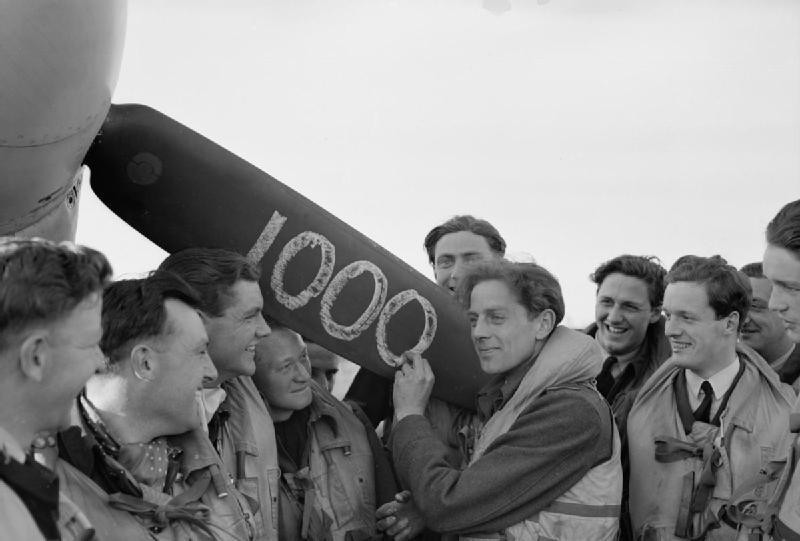
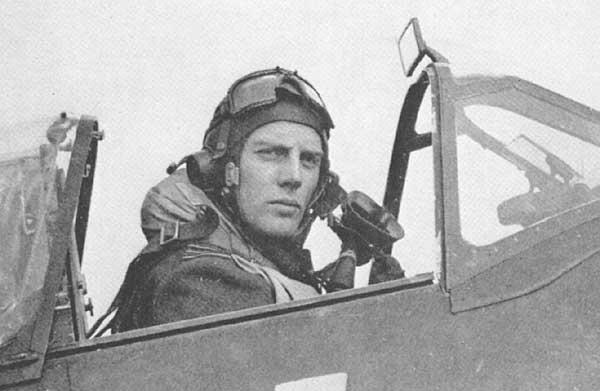

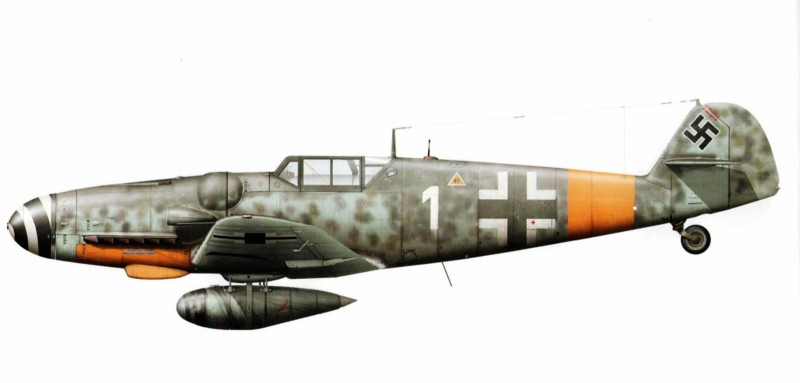
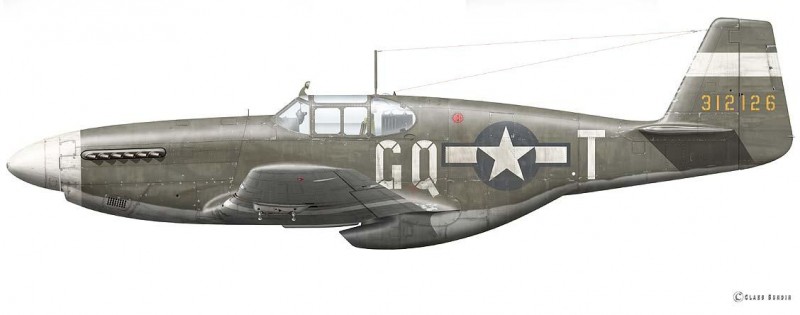
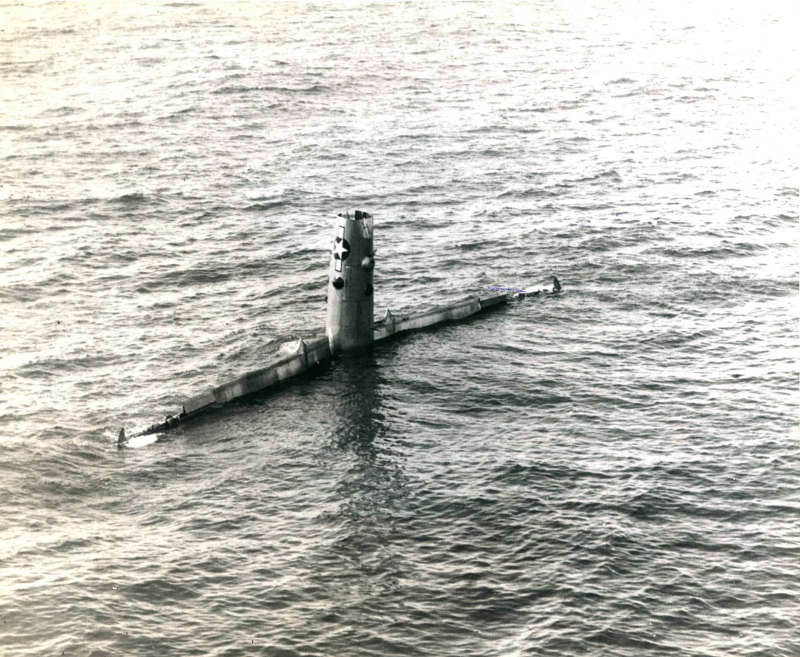
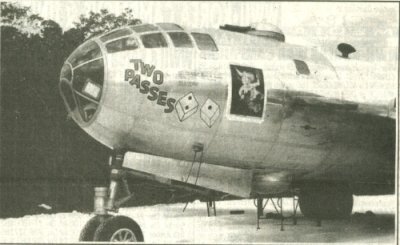
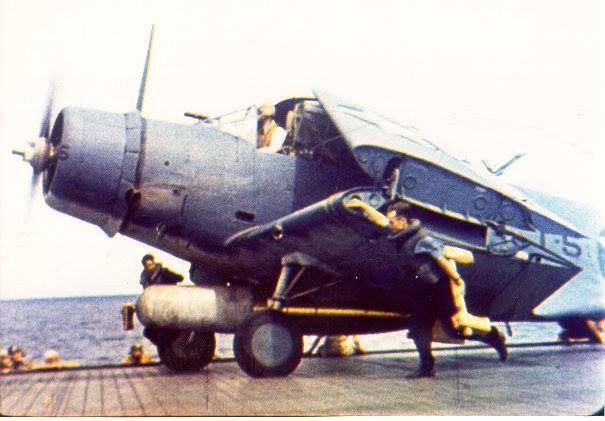
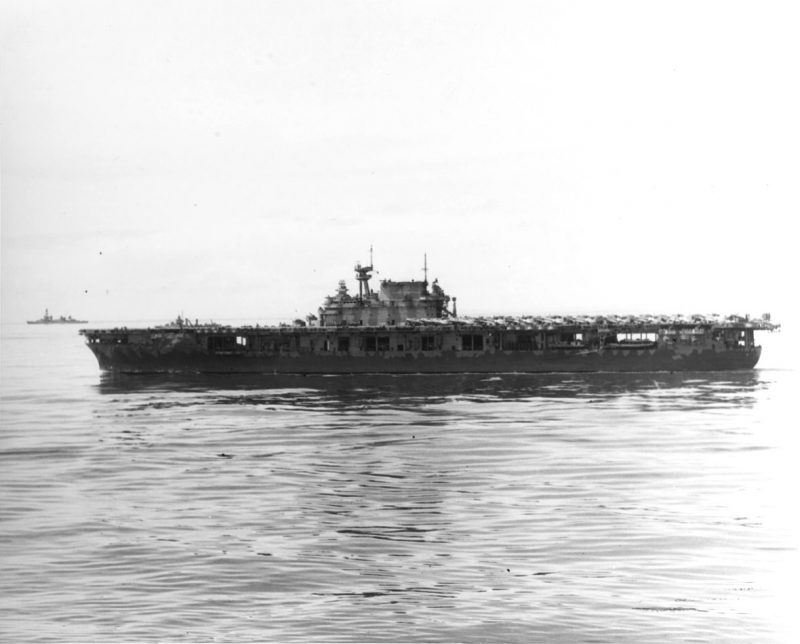

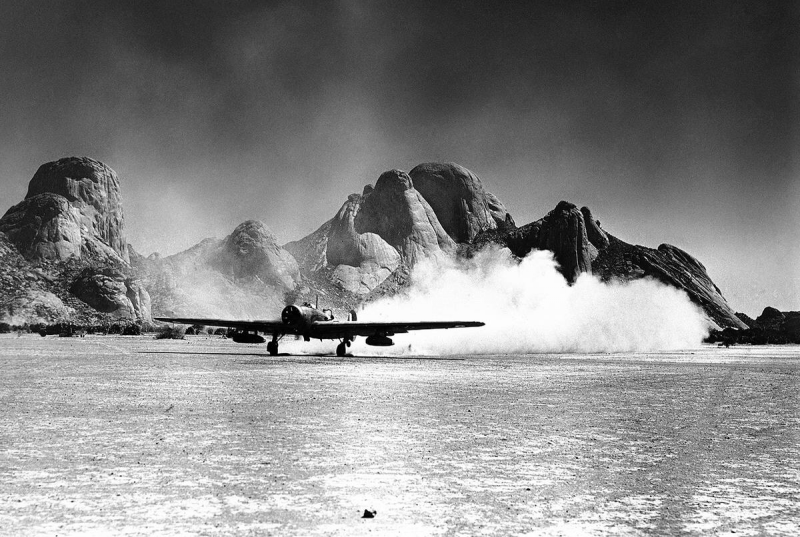
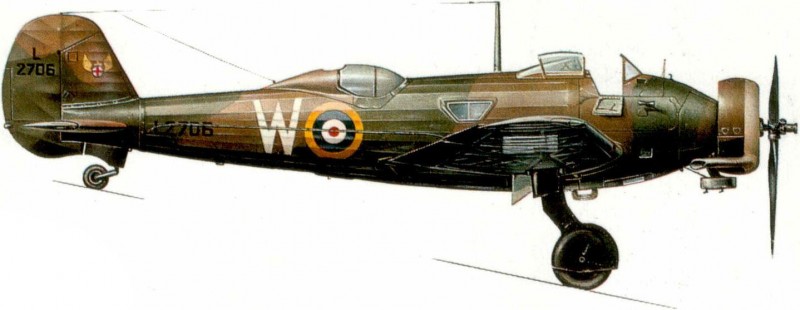
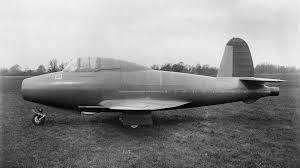
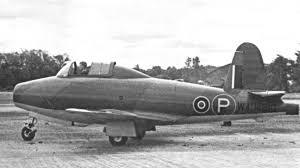

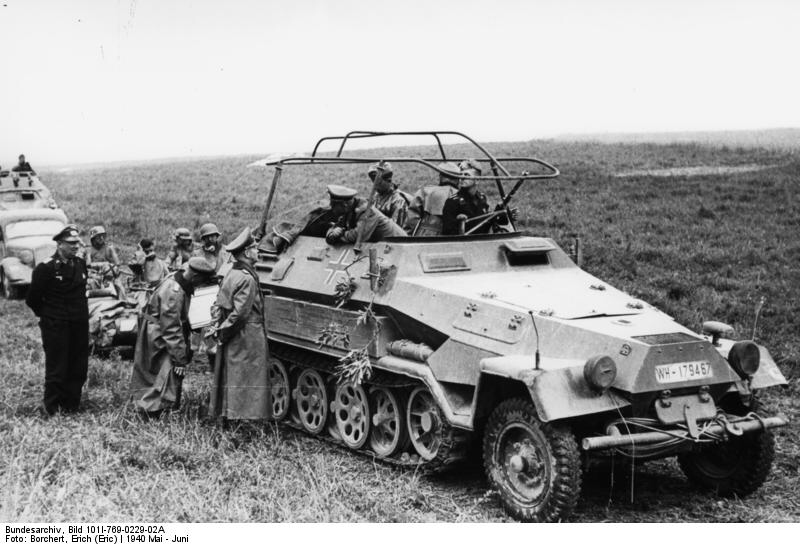
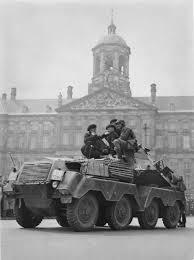
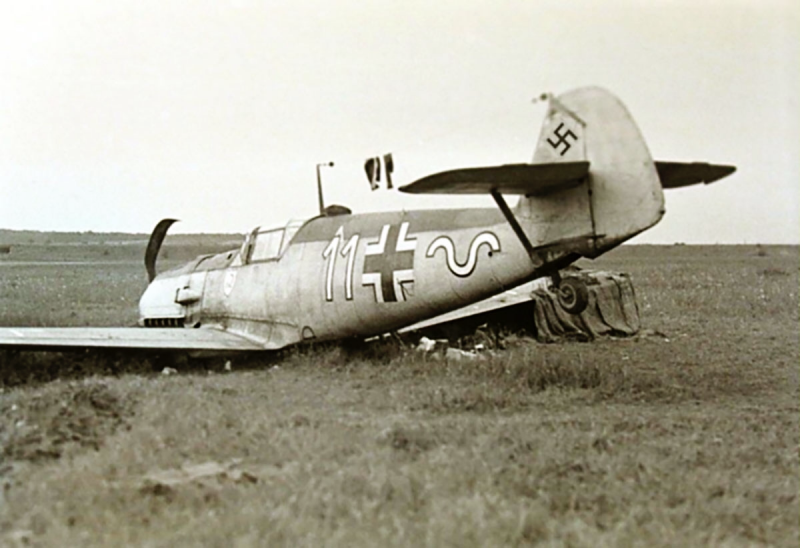
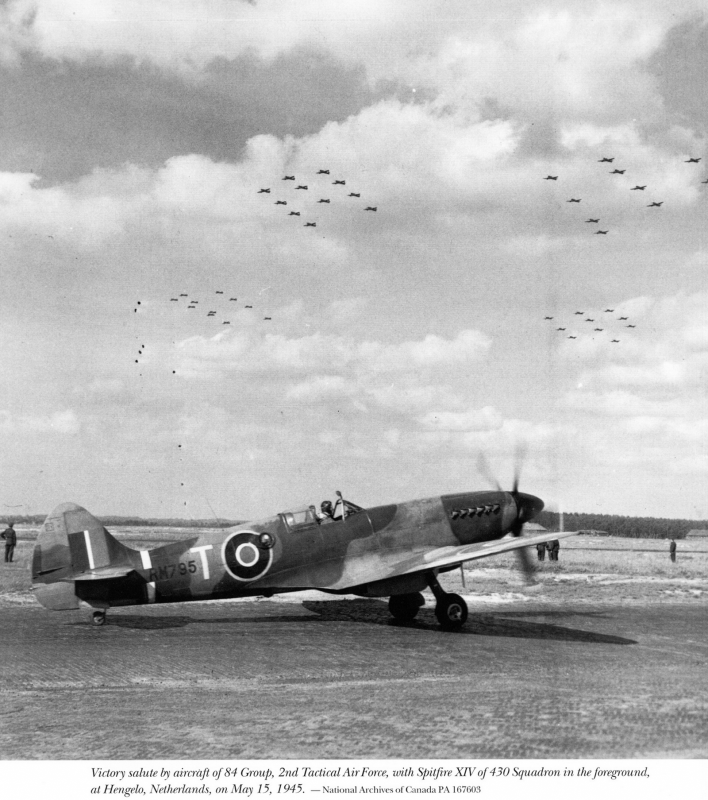
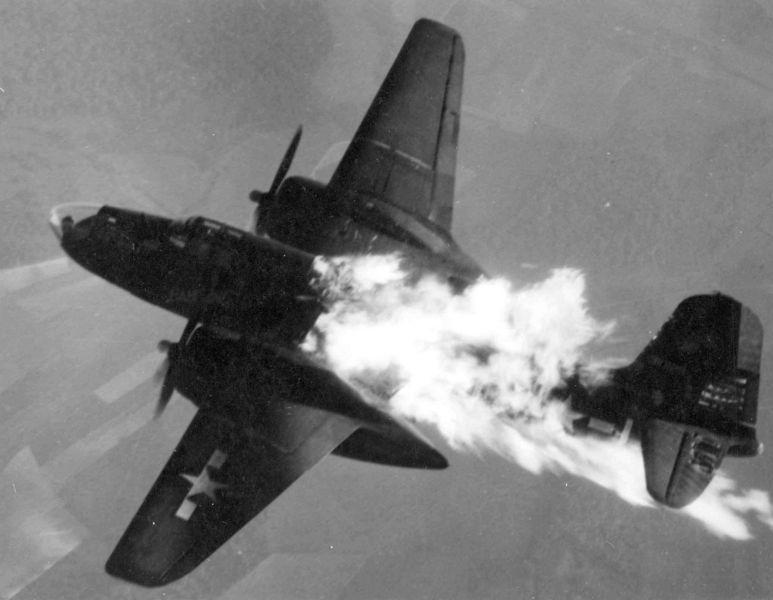
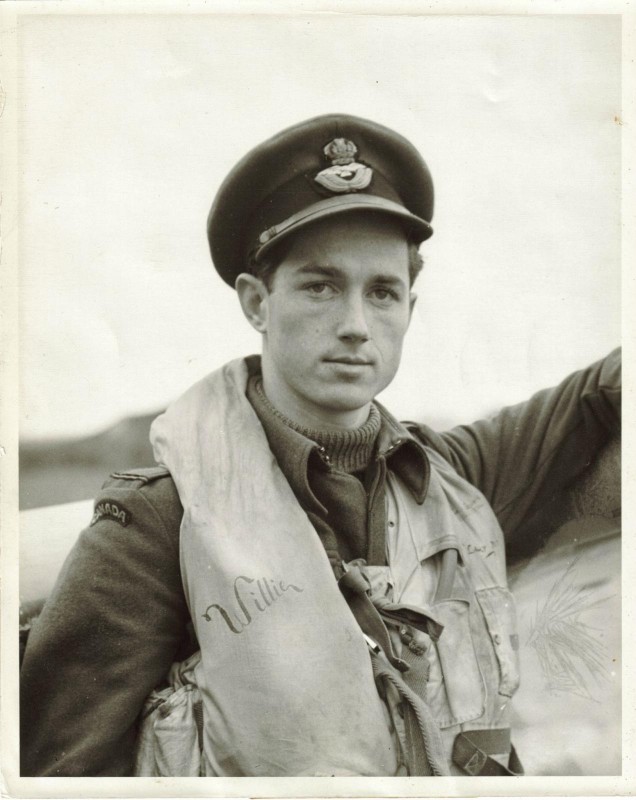

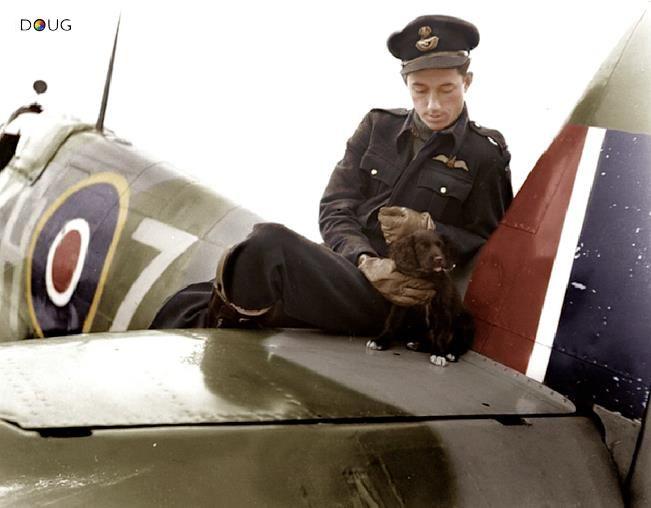

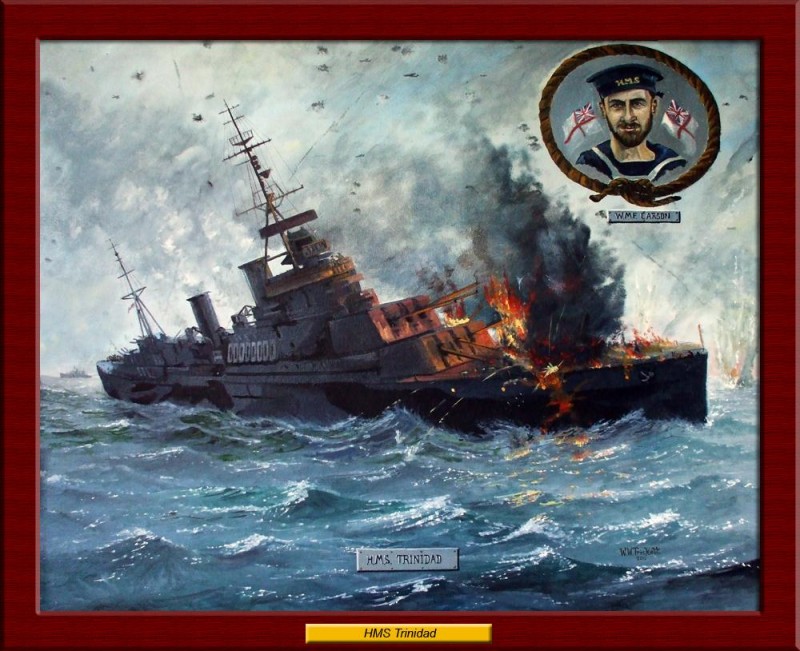
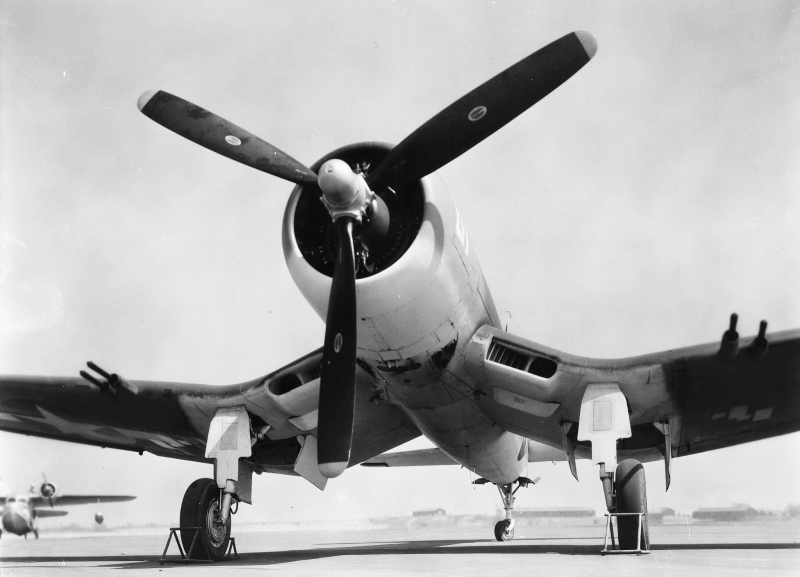

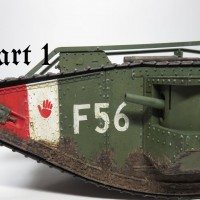

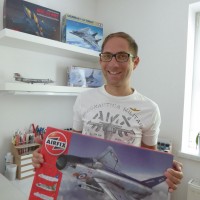
Thanks David for another great set of photos and stories. Always a highlight for me when visiting iModeler. I find myself disregarding the models and looking for the "On This Day" posting first before looking at any models.
Morne, I take that as a huge compliment, even though all I do is collect photos and put a few words together. I really can’t tell you how grateful I am for your comments.
Thanks, Morne.
The photo of the guy with his pooch should put "paid" to the "they used painting matts" baloney. Look at the paint on the elevator.
Tom,
You really should start practicing what you preach... and not be continuing these rumors when it is known otherwise that there were "probably" rubber matts used. When someone else states something that is "incorrect" or not completely correct, you are the first to jump on them with both feet.
The only reason I say "probably" about the rubber matts, is because so far I have not found a photo showing them in use on a Spitfire... There's a whole discussion on this "Painting Matts baloney" subject here:
https://imodeler.com/groups/100-years-of-the-royal-air-force/forum/topic/a-group-of-various-1-48-spitfires-airifx-and-tamiya-mk-1-to-the-fr-46-47/?topic_page=15&num=15
Scroll down about halfway. There's a lot of pictures you should look at... and read the information posted. You might just change your "Opinion" which is not based on facts.
Here's a document that the late Edgar Brooks uncovered. It states specifically that "Masks" may be used. If they didn't use them, then why are they mentioned in an "official" document ? I have highlighted the sentence using a fine yellow line. The wording about the Matts is underlined in red. In the document the "matts" are referred to as "masks".
Here's a photo that my friend Rato Marczak found and posted on his website. It shows a Curtiss built P-40 being painted using these Matts that do not exist...
The mats are not held tightly against the skin, so some overspray will be evident in some areas. These planes were being built for the British, painted in "American Equivalents" of British colors, and painted using a "British Approved" method using these "MATTS" which you claim don't exist.
I went over all of this in detail in the model building journal. There is a whole lot more information posted there. I even go into the way the Spitfire's were to be wet sanded before acceptance, and how they could have been painted in the field.
Personally I have sprayed a lot of "real life" full sized automobiles and have achieved some very nice / show quality results using a real life full sized spray gun, so I know what I'm talking about as far as overspray and a "tight pattern".
Here's the document that Edgar uncovered in it's entirety.
Here in this next document you will see how the wet sanding of the finish is mentioned.
I suggest you read this, and then go look at the other information that was posted before you jump to conclusions, and lead someone else astray who doesn't know any better with your comments.
I'm not saying 100 percent that matts (or masks) WERE or were NOT used. I am saying that they were "probably" used.
There's a big difference in the quality of "Baloney" one can get...
Finally some one with some backbone. Bravo
Always with the critic’s eye, Tom. Actually, I think that close up of the Spitfire is as close to the real deal as I think modeler’s could get in terms of imitation. It’s exactly like the real aircraft that I’ve seen and captures that beautiful Matt sheen.
I'm exactly the same way. I need to see what happened on this day before I look at anything else! I love the pictures and also all of the fantastic models that are portrayed inside. I can't say thank you enough for the awesome site!
Morning, Blair. Though the suspect where you are, it’s the middle of 5he night...
Thanks for the kind words - appreciate your support and taking the time to share them.
@bubba
don't quote me on this but i believe the F4U-1C was white 277...it was a vought experimental aircraft that never became operational
3 attached images. Click to enlarge.
100% correct, and again, I’d have money on you being the one to pick this up.
Thanks, Bob.
The last photo you posted got my attention really quick... 🙂
Bob Mack is spot on with his observations about the cannon armed type. Going from memory, they produced 200 of them. They did see service and laid the ground work for the later cannon armed F4U-4.
Thanks again David for another splendid "On this Day" ...
"liked"